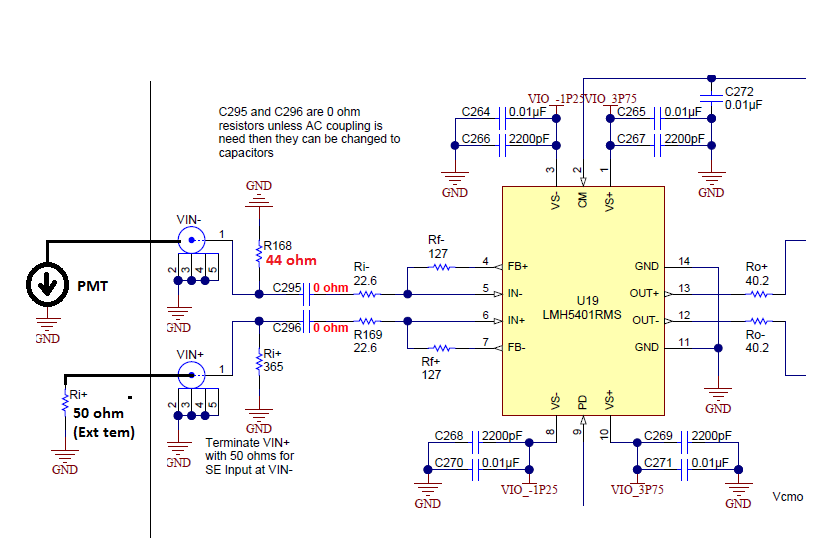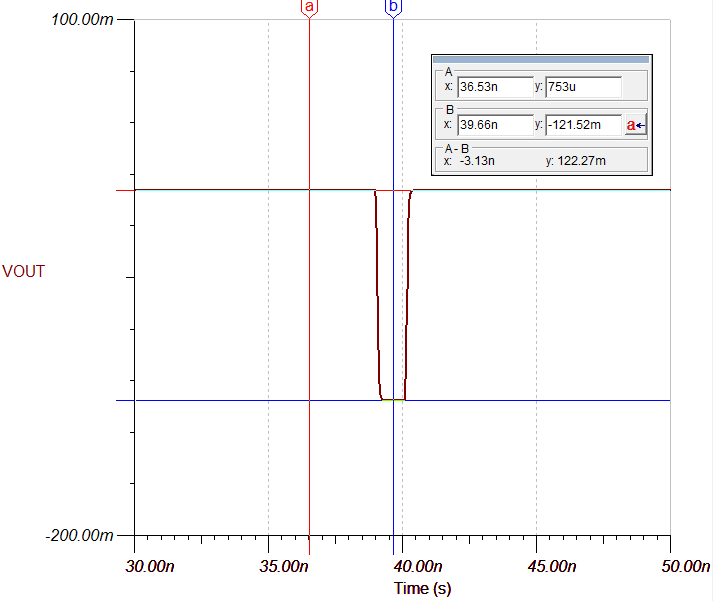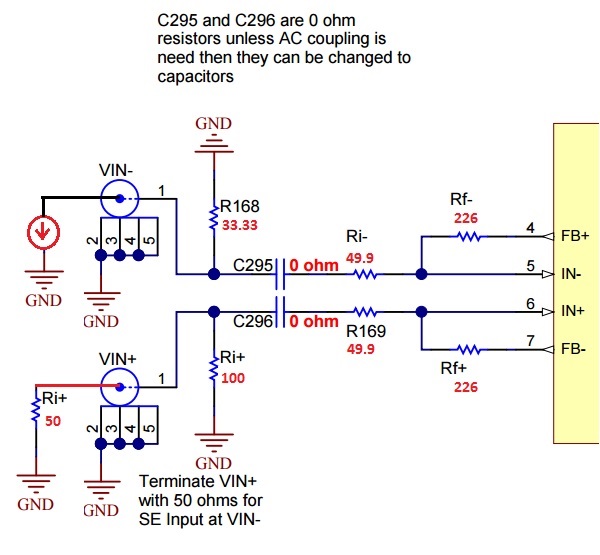I need help to determine the EVM board and configuration for my data acquisition project -- I need to acquire output from a photo multiplier tube. The signal will be pulses with 2-3ns pulses duration. The repetition rate will be <10KHz.
I hope to use EVM for the project. One issue I saw from many EVMs is that they have a transformer coupling therefore limiting the lower band to 3-400MHz. In my case, I really need to full bandwidth to obtain a sharp pulses...
Any suggestion will be greatly appreciated.
Regards, Bing






